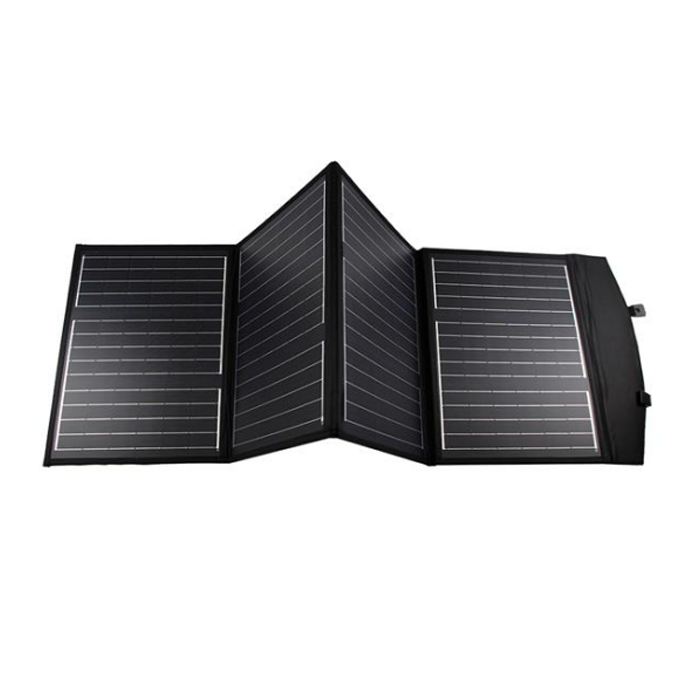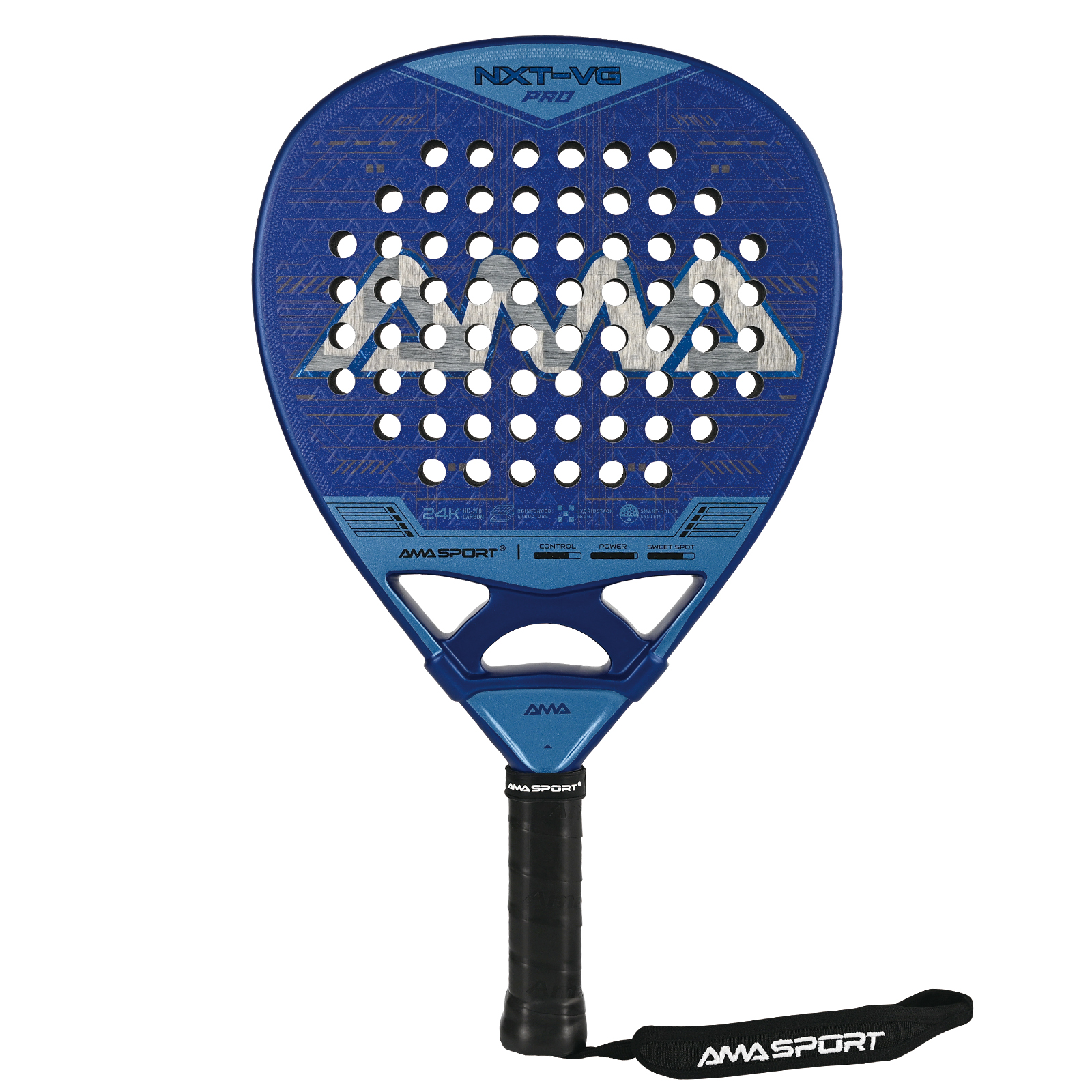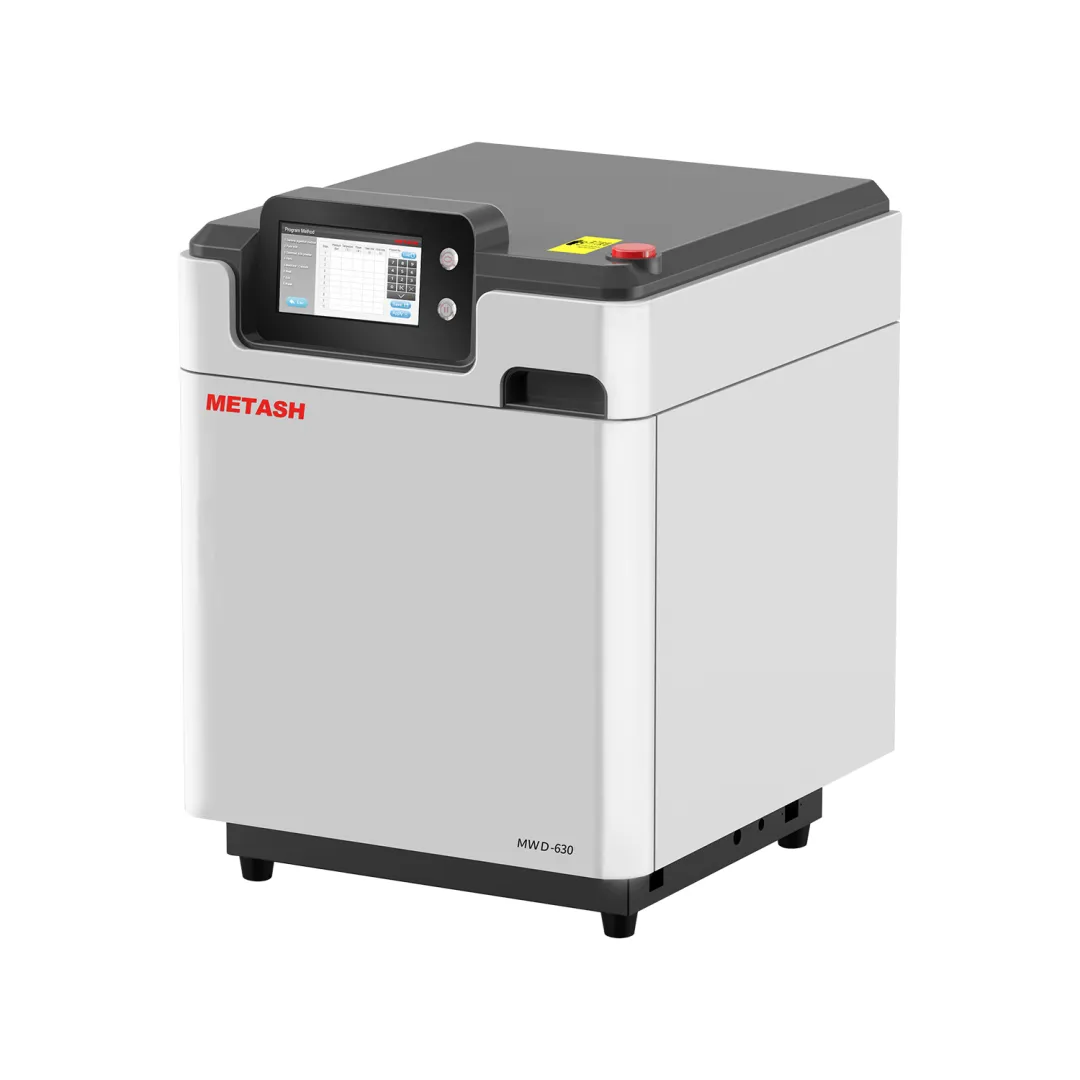Unveiling the Mohs Scale: Understanding the Hardness of Sapphire Glass
When it comes to materials used in high-end watches, smartphones, and optical devices, sapphire glass stands out for its remarkable durability and scratch resistance. But what exactly makes sapphire glass so resilient? To answer this question, we must delve into the Mohs scale of mineral hardness, a pivotal tool for assessing the scratch resistance of various materials, including sapphire glass.
What is the Mohs Scale?
The Mohs scale, developed in 1812 by the German mineralogist Friedrich Mohs, is a qualitative scale that ranks minerals based on their ability to scratch one another. The scale ranges from 1 to 10, with talc at the lowest end (1) and diamond at the highest (10). Each mineral is assigned a value based on its hardness relative to others, providing a straightforward way to gauge scratch resistance.
The Position of Sapphire Glass on the Mohs Scale
Sapphire glass, which is synthesized from aluminum oxide (Al2O3), ranks at a hardness of 9 on the Mohs scale. This impressive rating places it just below diamond, making it one of the hardest materials commonly used in consumer products. The high hardness of sapphire glass is a significant factor in its widespread use in applications where durability is paramount.
Why Hardness Matters
Understanding the hardness of sapphire glass is essential for several reasons:
- Scratch Resistance: The primary advantage of sapphire glass is its ability to resist scratches. In everyday use, items such as watches and smartphone screens are prone to scratches from keys, coins, and other objects. A material with a Mohs hardness of 9 can withstand most of these everyday abrasions, maintaining a clear and pristine surface.
- Durability: Beyond scratch resistance, the hardness of sapphire glass contributes to its overall durability. It can withstand impacts better than softer materials, making it ideal for high-stress environments. This is particularly important in industries such as aerospace and automotive, where materials are subjected to extreme conditions.
- Aesthetic Appeal: Sapphire glass is not only functional but also visually appealing. Its high hardness allows it to be polished to a brilliant shine, enhancing the aesthetic value of luxury items. This combination of beauty and strength makes sapphire glass a preferred choice for premium products.
Limitations of Sapphire Glass
While sapphire glass boasts impressive hardness, it is not without its limitations. Understanding these drawbacks is crucial for consumers and manufacturers alike:
- Brittleness: Despite its hardness, sapphire glass is relatively brittle. This means that while it can resist scratches, it may shatter or chip upon impact. For instance, dropping a sapphire glass watch on a hard surface could result in breakage, unlike tougher materials that may bend or deform without breaking.
- Cost: The manufacturing process for sapphire glass is more complex and expensive than that of traditional glass or plastic. This higher cost can be a barrier for some consumers, limiting its use primarily to high-end products.
- Limited Repair Options: If sapphire glass does get scratched or damaged, repair options are limited. Unlike softer materials that can be polished or buffed out, scratches on sapphire glass often require replacement, which can be costly and inconvenient.
Conclusion
The Mohs scale serves as a vital reference for understanding the hardness of sapphire glass and its applications. With a hardness rating of 9, sapphire glass offers exceptional scratch resistance and durability, making it an ideal choice for luxury items and high-performance devices. However, its brittleness and cost are important considerations for consumers and manufacturers alike.







